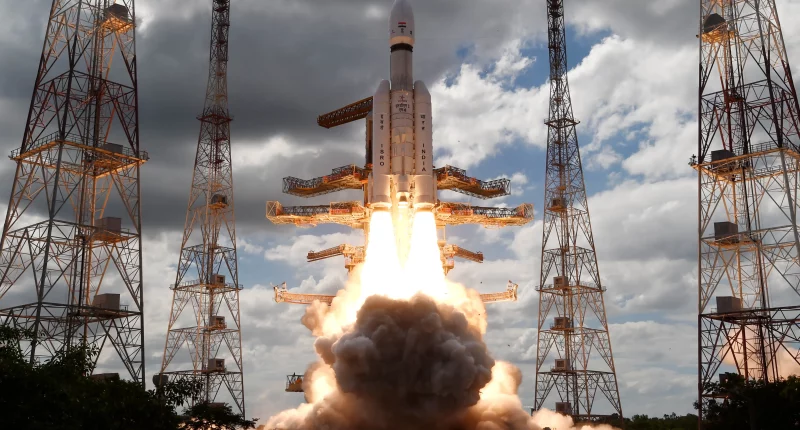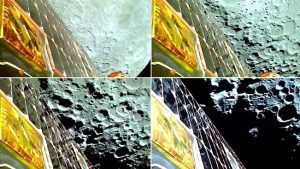India’s lunar ambitions continue to bear fruit – a few weeks after the Chandrayaan-3 spacecraft successfully launched, it has been successfully inserted into the lunar orbit during the weekend. According to an official tweet by the Indian Space Research Organization (ISRO) on the matter, the Lunar Orbit Injection (LOI) achieved completion on Saturday, August 5.
Soon after the completion of the LOI, ISRO conducted the orbit reduction manoeuvre of Chandrayaan-3 on Sunday night. ISRO tweeted that the Chandrayaan-3 spacecraft successfully underwent its planned orbit reduction manoeuvre on Sunday, and the retrofiring of engines brought it closer to the Moon’s surface – as of the latest update, it is now reduced to 170 km x 4313 km.
Chandrayaan-3 Mission:
The spacecraft successfully underwent a planned orbit reduction maneuver. The retrofiring of engines brought it closer to the Moon's surface, now to 170 km x 4313 km.The next operation to further reduce the orbit is scheduled for August 9, 2023, between… pic.twitter.com/e17kql5p4c
— ISRO (@isro) August 6, 2023
This also comes after the ISRO on Sunday released a video of the Moon “as viewed by Chandrayaan-3,” soon after the spacecraft entered the lunar orbit. “The Moon, as viewed by Chandrayaan-3 spacecraft during Lunar Orbit Insertion (LOI) on August 5, 2023,” read the official tweet by Mission on X.
The next orbit reduction manoeuvre is set to be performed on Wednesday August 9, between 1:00-2:00 pm IST, before the spacecraft gears up for its upcoming soft landing. According to ISRO, the health of the craft is normal.
“Chandrayaan-3 is going very well. Last night we had an orbit reduction in the moon’s orbit from something like 18,000 kilometres to around 4,600 kilometres and 165 kilometers at its closest point to the Moon. Subsequently, it will again come down as there will be some more maneuvers until it lands on August 23. So everything is going fine now. Satellite is healthy,” ISRO Chairman S. Somnath commented on the matter.
Through the successive moon-based manoeuvres, the spacecraft will lower its orbit around the planet’s natural satellite, before the Propulsion Module separates from the lander-rover combination. The propulsion module, for those who are unaware, is responsible for transporting the lander and rover to orbit around the moon. Upon reaching the lunar surface, it is set to conduct in-situ observations and experiments to better understand the Moon’s composition.
Fingers remain crossed, but should the rest of the current mission go to plan, then Chandrayaan-3 is expected to safely touch down on the surface of the moon between August 23-24. The countdown to a successful landing is on, especially as it would further elevate India’s place in the international space sector and make it the latest country to reach the lunar surface. So far, the US, Russia, and China are the ones to have achieved that distinction.
The Chandrayaan-3 rectifies the shortcomings of its predecessor – the Chandrayaan-2, which had encountered a last-minute glitch in its landing guidance software, resulting in a mission failure.
The Tech Portal is published by Blue Box Media Private Limited. Our investors have no influence over our reporting. Read our full Ownership and Funding Disclosure →







